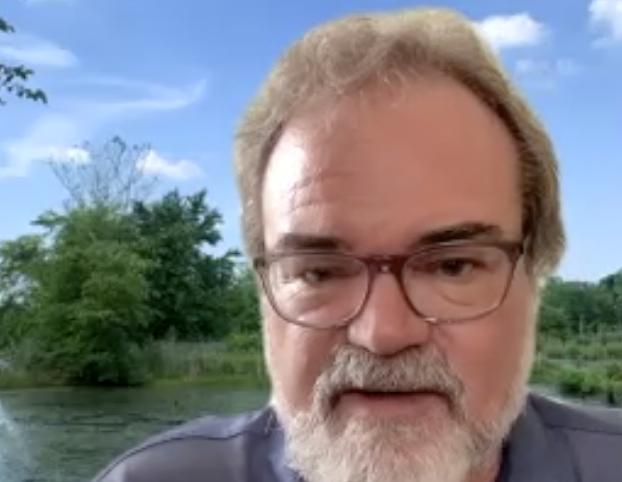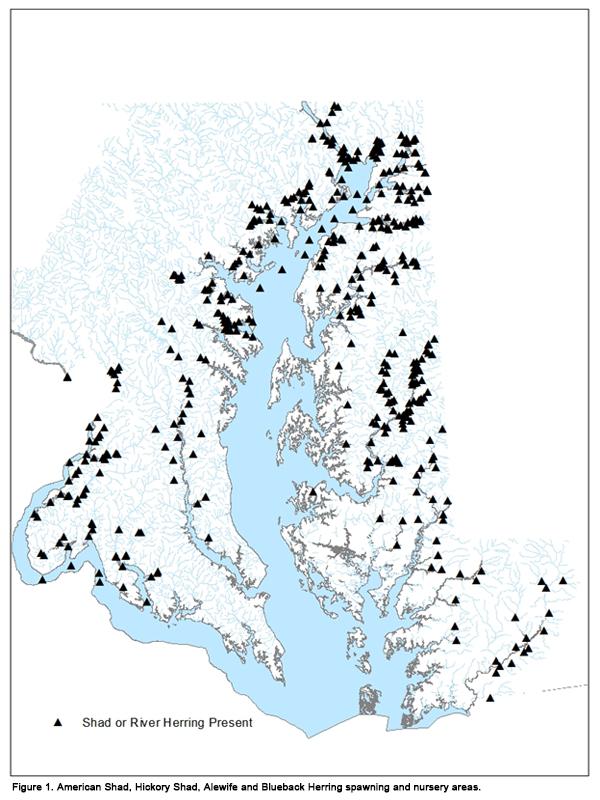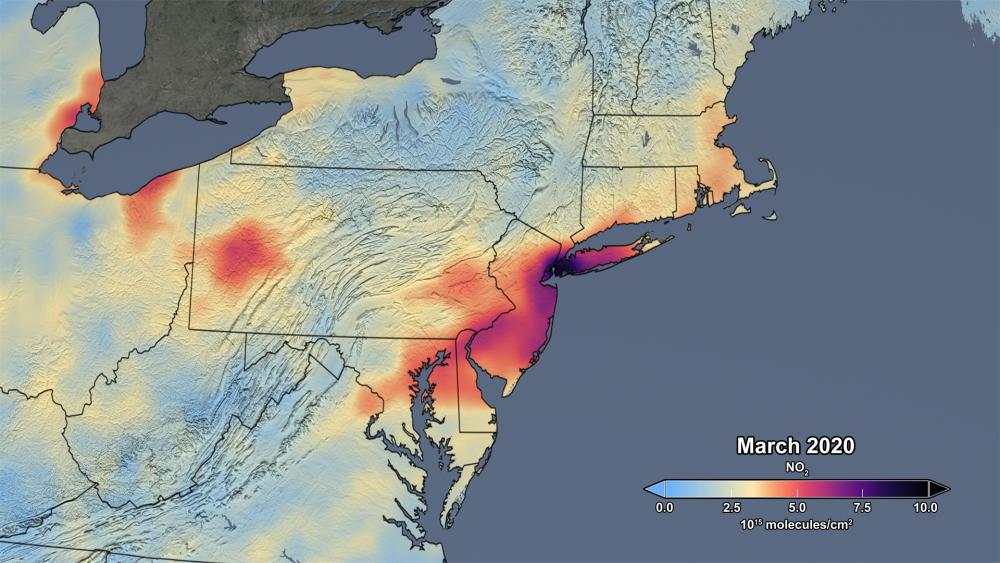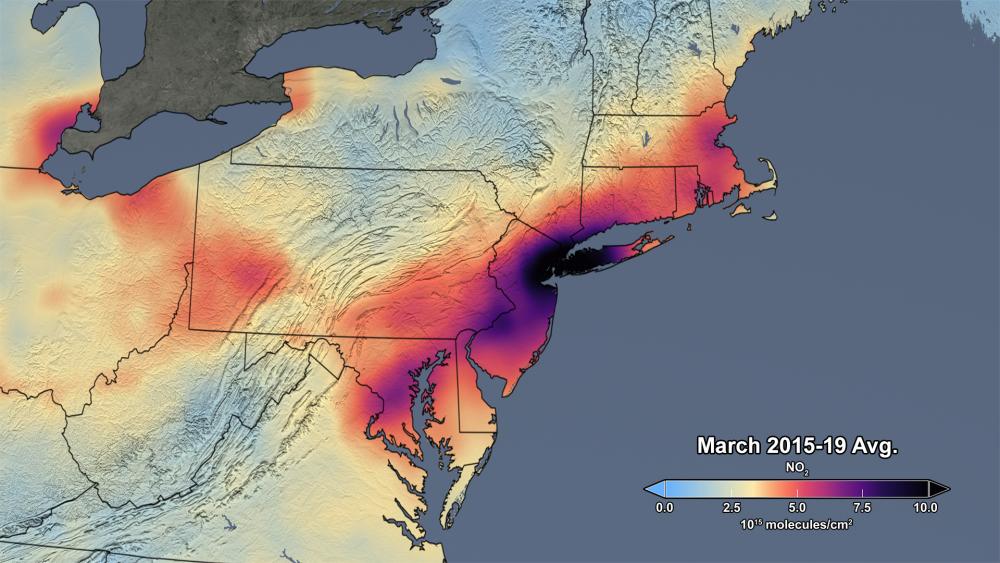In the field of conservation, rarely is there a feeling of “mission accomplished.” Even after decades of advocacy, reform, and new policies, the state of the environment remains in constant threat as climate change and rising sea levels continue to impact delicate ecosystems like our own Chesapeake Bay.
Nonetheless, progress is still being made in both small and large ways to protect the region’s natural assets, and one example has been the efforts made on the Rhode and West Rivers on the outskirts of Annapolis.
For almost a decade, Jeff Holland led many of those strategies in his role as Riverkeeper to both rivers. With the encouragement of Bob Gallagher, the founder of West/Rhode Riverkeeper, which has recently transitioned into the Arundel Rivers Federation, Holland took on this new role of river protection and advocacy after years serving as executive director the Annapolis Maritime Museum.
In his Zoom interview with the Annapolis Spy, Holland reflects on his work and the future of Maryland’s natural resources as it continues to face new challenges.










